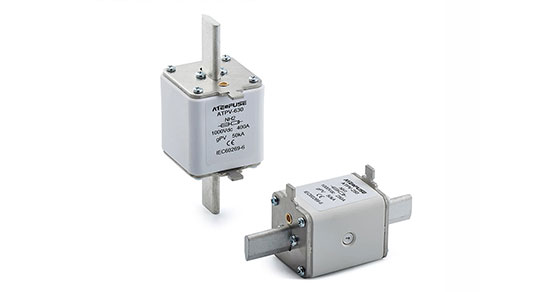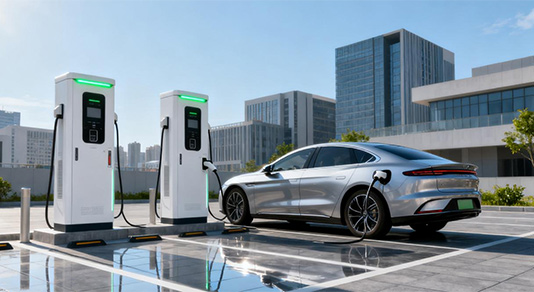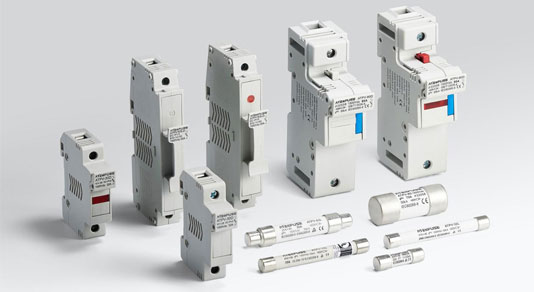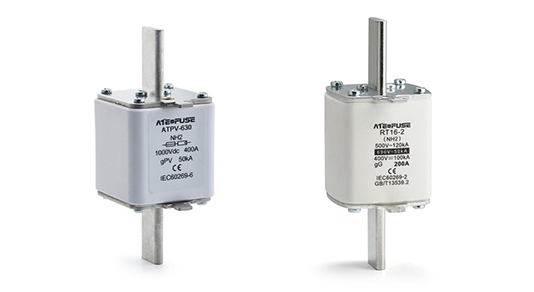How to check whether the Photovoltaic Fuses is abnormal?
Photovoltaic Fuses play a key role in protecting solar systems from electrical risks like overloads or short circuits. But even reliable fuses need regular checks to stay effective. Many solar system owners wonder what specific steps to take for these checks—this article breaks down the essential things to look for, so you can keep your system safe.
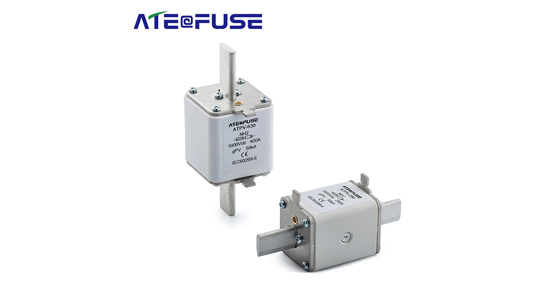
Check for Physical Damage First
The first step in regular maintenance is examining the outer part of the Photovoltaic Fuse. Look for visible issues like cracks on the fuse body, broken or loose covers, or signs of corrosion on the metal connections. Physical damage can let dust, moisture, or debris get inside the fuse, which might stop it from working when needed. If you see any of these problems, the fuse should be inspected further or replaced promptly.
Monitor Temperature Around the Fuse
Temperature is a good indicator of how well a Photovoltaic Fuse is working. A fuse that’s operating normally should feel cool to the touch, similar to other nearby components in the solar system. If the fuse feels unusually hot—even when the system is running at typical load—this could mean a problem. Overheating often happens because of poor contact between the fuse and its holder, or because the fuse is not properly matched to the system’s current needs. Addressing the cause of overheating quickly can prevent bigger issues later.
Verify Proper Connection Tightness
Loose connections are a common cause of fuse failure. Over time, vibrations from the solar system’s operation or temperature changes can make the fuse’s connections to the circuit loose. To check this, turn off the system’s power first (for safety) and gently wiggle the fuse and its connections. If there’s any movement or play, tighten the connections carefully using the right tools. Avoid over-tightening, though—this can damage the fuse or the holder, leading to new problems.
Inspect for Signs of Overload or Arcing
Overloads or electrical arcing (sparks between connections) can leave visible signs on a Photovoltaic Fuse. Look for dark spots, burn marks, or a melted appearance on the fuse body or its connections. These signs mean the fuse has been put under more stress than it’s designed for. Even if the fuse hasn’t blown yet, these signs indicate a risk—you’ll need to find the source of the overload (like a faulty solar panel or wiring issue) and replace the fuse if it’s damaged.
Conclusion
Regular checks of your Photovoltaic Fuse don’t take much time, but they’re critical for keeping your solar system safe and running smoothly. By focusing on physical damage, temperature, connection tightness, and signs of overload, you can catch small issues before they turn into costly problems.
If during your checks you find that your Photovoltaic Fuse needs replacement, you can visit our product page to explore options that meet industry standards for safety and performance—designed to keep your solar system protected long-term.


